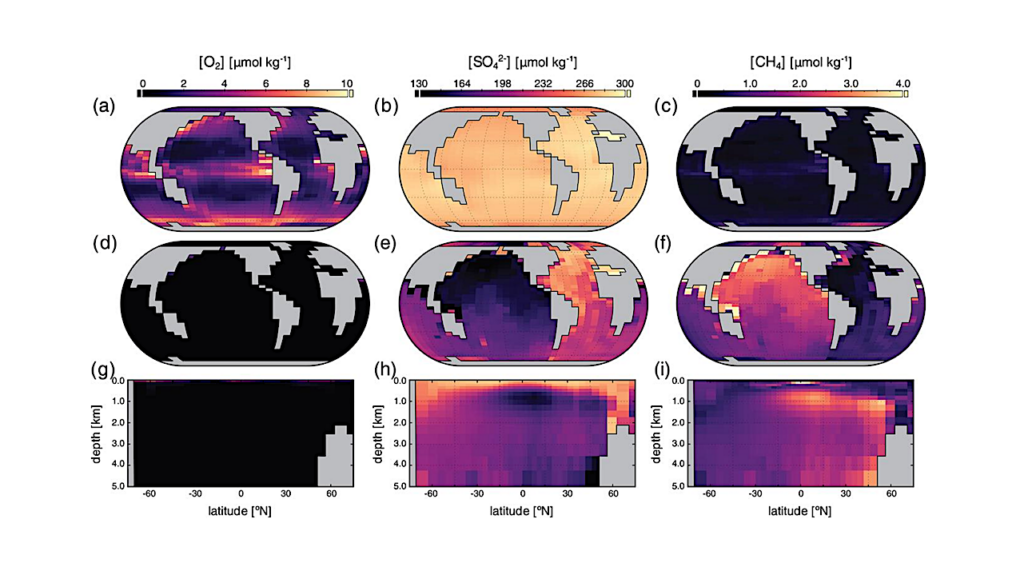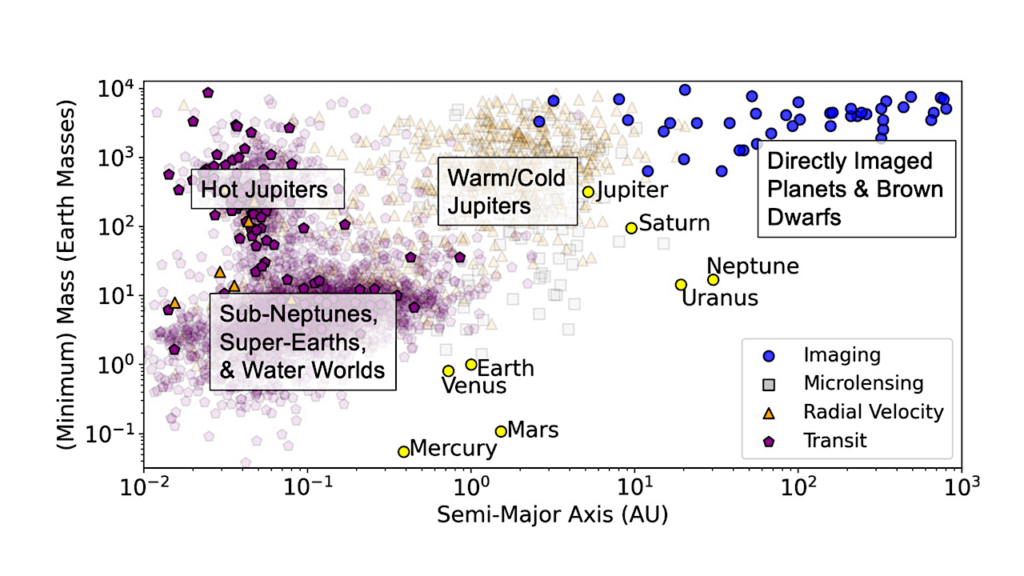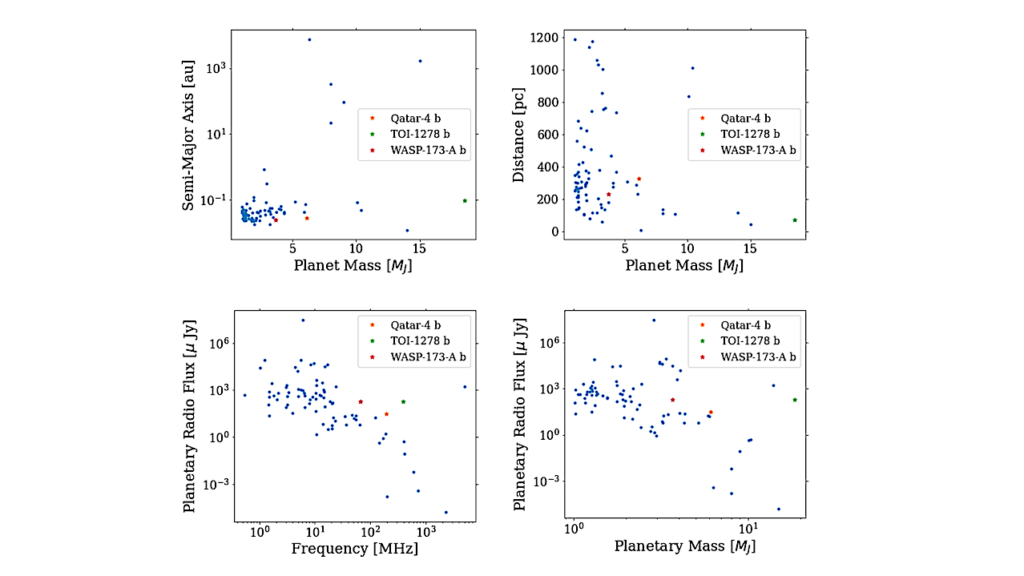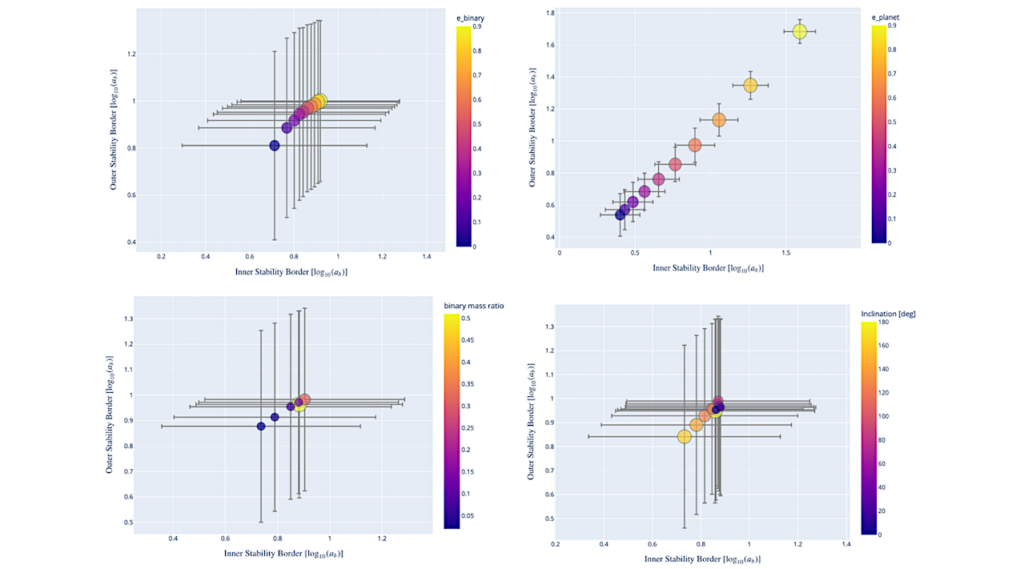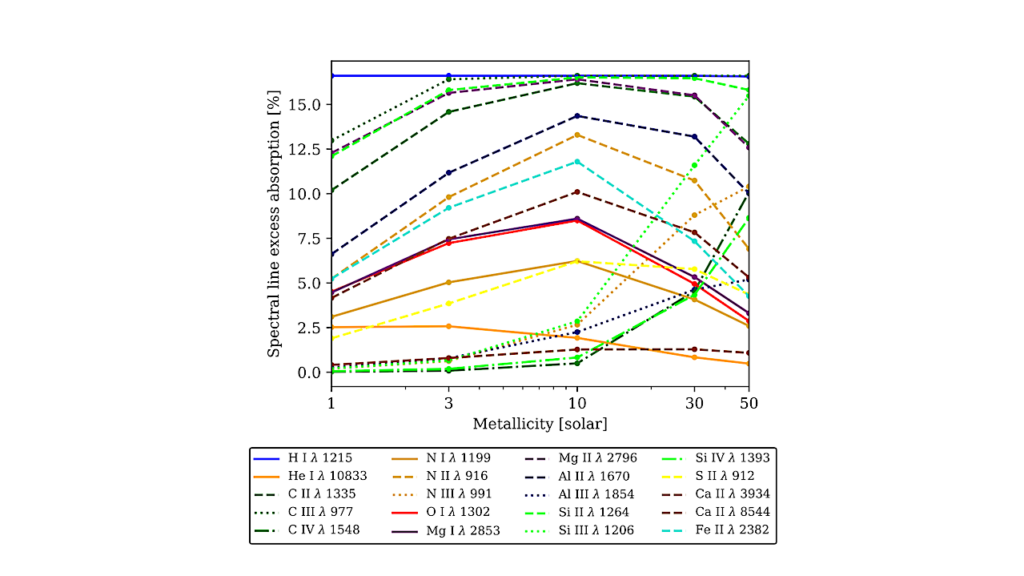Characterizing Distant Worlds with Asterodensity Profiling
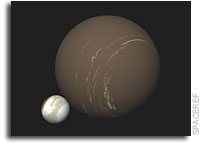
Eclipsing systems, such as transiting exoplanets, allow one to measure the mean stellar density of the host star under various idealized assumptions. Asterodensity Profiling (AP) compares this density to an independently determined value in order to check the validity of the assumptions and ultimately extract useful information on the nature of the target system.
Several phenomena can invalidate said assumptions, with the most well-known example being the so-called photo-eccentric effect. This effect has been exploited by numerous authors to measure the orbital eccentricities of individual planets and also the ensemble distribution using the Kepler planetary candidates. In this work, we provide analytic formulae for five other physical effects which can induce AP deviations:
i) the photo-blend effect ii) the photo-spot effect iii) the photo-timing effect iv) the photo-duration effect and v) the photo-mass effect. We find that these effects can easily reproduce large AP deviations and so we caution that extracting the eccentricity distribution is only viable with careful consideration of the prior distributions for these other effects. We also re-investigate the photo-eccentric effect and derive a single-domain minimum eccentricity expression and the parameter range for which analytic formulae are valid.
This latter result shows that the assumptions underlying the analytic model for the photo-eccentric effect break down for close-in, highly-eccentric planets, meaning that extreme care must be taken in such a regime. Finally, we demonstrate that the blend factor can be, in principle, solved for using either Single-body Asterodensity Profiling (SAP) or Multi-body Asterodensity Profiling (MAP), thus aiding planet validation. These results highlight the exciting potential of AP for transit surveys such as Kepler and TESS, yet exposes the need for thoughtful consideration in its application.
David M. Kipping (Submitted on 5 Nov 2013)
Comments: 26 pages, 11 figures, submitted to MNRAS. Hi-res cheat-sheet available at this https URL
Subjects: Earth and Planetary Astrophysics (astro-ph.EP); Solar and Stellar Astrophysics (astro-ph.SR)
Cite as: arXiv:1311.1170 [astro-ph.EP] (or arXiv:1311.1170v1 [astro-ph.EP] for this version) Submission history
From: David Kipping [v1] Tue, 5 Nov 2013 19:32:02 GMT (12010kb,D)



